Home>Maintenance & Safety>Home Maintenance Checklists>What Is The Green Trash Can Called


Home Maintenance Checklists
What Is The Green Trash Can Called
Published: January 17, 2024
Learn about the green trash can, an essential item for home maintenance checklists. Find out its uses and benefits for efficient waste management.
(Many of the links in this article redirect to a specific reviewed product. Your purchase of these products through affiliate links helps to generate commission for Storables.com, at no extra cost. Learn more)
Introduction
Welcome to the world of waste management, where every bin has a purpose and every color signifies a specific type of trash. In this article, we will delve into the fascinating world of the green trash can, exploring its definition, purpose, benefits, and environmental impact. As we navigate through the intricate web of waste disposal, you will gain a deeper understanding of the crucial role that the green trash can plays in maintaining a clean and sustainable environment.
So, let’s embark on this enlightening journey to unravel the mysteries of the green trash can and discover why it is an indispensable component of effective waste management.
Key Takeaways:
- The green trash can is a special bin for organic waste and recyclables, helping to reduce harmful greenhouse gases and promote sustainable waste management practices.
- By using the green trash can, we can help preserve the environment, conserve resources, and create a healthier planet for future generations.
Read more: What Is A Trash Can
Definition of the Green Trash Can
The green trash can, also known as the green waste bin or green recycling bin, is a specialized container designed for the disposal of organic waste and recyclable materials. It is typically distinguished by its vibrant green color, serving as a visual cue to differentiate it from other types of waste receptacles.
Organic waste, such as food scraps, yard trimmings, and plant-based materials, finds its rightful place in the green trash can. Additionally, the green bin accommodates recyclable items such as paper, cardboard, glass, and certain types of plastics, contributing to the overall sustainability of waste management practices.
With its distinctive hue and specific waste classification, the green trash can stands as a symbol of environmental consciousness and responsible waste disposal. Embracing the principles of reduce, reuse, and recycle, this receptacle plays a pivotal role in diverting biodegradable waste from landfills and promoting the conservation of valuable resources.
As we unravel the significance of the green trash can, let’s explore its purpose and the essential role it fulfills in the broader context of waste management.
Purpose of the Green Trash Can
The primary purpose of the green trash can is to facilitate the segregation and proper disposal of organic waste and recyclable materials. By providing a dedicated receptacle for these specific types of waste, the green trash can serves as a catalyst for sustainable waste management practices.
One of the key objectives of the green trash can is to divert organic waste from ending up in landfills, where it would contribute to the production of harmful greenhouse gases, particularly methane. By channeling organic waste into the green bin, municipalities and waste management authorities can implement composting and other environmentally friendly methods to convert this waste into valuable resources such as nutrient-rich compost for agricultural use.
Furthermore, the green trash can plays a crucial role in promoting recycling efforts by accommodating recyclable materials such as paper, cardboard, glass, and certain types of plastics. This encourages individuals and communities to actively participate in recycling initiatives, thereby reducing the strain on natural resources and minimizing the environmental impact of waste disposal.
Another significant purpose of the green trash can is to raise awareness about the importance of responsible waste management. By visibly designating a specific bin for organic waste and recyclables, the green trash can serves as a visual reminder of the need to minimize waste generation and embrace eco-friendly practices.
As we unravel the purpose of the green trash can, it becomes evident that this humble receptacle holds the power to inspire positive environmental action and foster a culture of sustainability within communities.
The green trash can is called a “recycling bin” and is used specifically for collecting recyclable materials such as paper, plastic, glass, and metal. Be sure to check with your local waste management for specific guidelines on what can be recycled in your area.
Benefits of Using the Green Trash Can
The utilization of the green trash can yields a myriad of benefits, ranging from environmental conservation to resource optimization and community engagement. Let’s explore the significant advantages associated with the conscientious use of the green waste bin.
- Environmental Preservation: By diverting organic waste from landfills, the green trash can significantly reduces the production of harmful greenhouse gases, particularly methane. This proactive measure contributes to mitigating climate change and preserving air quality, thereby safeguarding the delicate balance of our ecosystem.
- Resource Conservation: The act of segregating recyclable materials into the green bin promotes the conservation of valuable resources. Recycling paper, cardboard, glass, and plastics minimizes the demand for raw materials, subsequently reducing energy consumption and lessening the environmental impact of resource extraction and production processes.
- Compost Creation: Organic waste deposited in the green trash can can be repurposed through composting, yielding nutrient-rich soil amendments for agricultural and landscaping purposes. This sustainable practice fosters soil health, enhances crop yield, and minimizes the reliance on chemical fertilizers, thereby promoting sustainable agriculture and landscaping practices.
- Community Engagement: The presence of the green trash can encourages community members to actively participate in waste reduction and recycling initiatives. It fosters a sense of environmental responsibility and collective action, nurturing a community-wide commitment to sustainable practices and environmental stewardship.
- Educational Value: The green trash can serves as an educational tool, raising awareness about the importance of waste segregation and responsible disposal practices. It provides an opportunity for individuals, families, and communities to learn about the environmental impact of their waste generation and actively contribute to positive environmental change.
Through these compelling benefits, the green trash can emerges as a powerful symbol of environmental consciousness and a catalyst for sustainable waste management practices. Its utilization not only enhances the well-being of the environment but also fosters a sense of collective responsibility and stewardship among communities.
Environmental Impact
The green trash can exerts a profound environmental impact, influencing various facets of waste management and environmental sustainability. Let’s examine the far-reaching effects of this specialized waste receptacle on the environment and the broader ecosystem.
One of the most significant environmental impacts of the green trash can lies in its ability to divert organic waste from landfills. By segregating organic materials such as food scraps, yard trimmings, and plant-based items, the green bin mitigates the generation of methane, a potent greenhouse gas produced during the decomposition of organic matter in landfills. This proactive measure contributes to climate change mitigation and air quality preservation, aligning with global efforts to combat environmental degradation.
Furthermore, the green trash can’s role in accommodating recyclable materials contributes to resource conservation and energy savings. By recycling paper, cardboard, glass, and plastics, the demand for virgin materials is reduced, subsequently lessening the environmental impact of resource extraction and production processes. This not only conserves natural resources but also minimizes energy consumption and greenhouse gas emissions associated with manufacturing new products from raw materials.
Another notable environmental impact of the green trash can is its support for composting initiatives. Organic waste deposited in the green bin can be repurposed through composting, yielding nutrient-rich compost that enhances soil health, promotes sustainable agriculture, and reduces the reliance on chemical fertilizers. This sustainable practice fosters circularity in the waste stream, transforming organic waste into a valuable resource for soil enrichment and plant growth.
Moreover, the presence of the green trash can fosters environmental awareness and responsible waste management practices within communities. It serves as a tangible reminder of the importance of waste segregation and recycling, encouraging individuals to actively participate in sustainable waste disposal methods and embrace eco-friendly behaviors.
Overall, the environmental impact of the green trash can reverberates through the realms of waste diversion, resource conservation, climate change mitigation, and community engagement, underscoring its pivotal role in fostering a more sustainable and harmonious relationship between human activities and the environment.
Read more: What Is Antique Green Glass Called
Conclusion
In conclusion, the green trash can transcends its role as a mere receptacle for waste and emerges as a powerful agent of environmental change and sustainable living. Its vibrant hue symbolizes a commitment to responsible waste management and serves as a beacon of hope for a cleaner, greener future.
As we have explored the definition, purpose, benefits, and environmental impact of the green trash can, it becomes evident that this humble container embodies the principles of environmental stewardship and resource conservation. By diverting organic waste from landfills, promoting recycling efforts, and supporting composting initiatives, the green trash can contributes to mitigating climate change, preserving natural resources, and nurturing a culture of sustainability within communities.
Moreover, the green trash can serves as a catalyst for environmental education and community engagement, fostering a sense of collective responsibility and inspiring individuals to actively participate in waste reduction and recycling initiatives. Its presence in homes, businesses, and public spaces serves as a constant reminder of the need to minimize waste generation and embrace eco-friendly practices, propelling us toward a more sustainable and harmonious coexistence with the environment.
As we bid farewell to this exploration of the green trash can, let us carry forward the lessons learned and the insights gained. Let us embrace the ethos of waste reduction, recycling, and responsible disposal, recognizing that each small act contributes to a larger, more impactful environmental transformation. Together, let us continue to champion the green trash can as a symbol of our commitment to a healthier planet and a brighter future for generations to come.
Frequently Asked Questions about What Is The Green Trash Can Called
Was this page helpful?
At Storables.com, we guarantee accurate and reliable information. Our content, validated by Expert Board Contributors, is crafted following stringent Editorial Policies. We're committed to providing you with well-researched, expert-backed insights for all your informational needs.
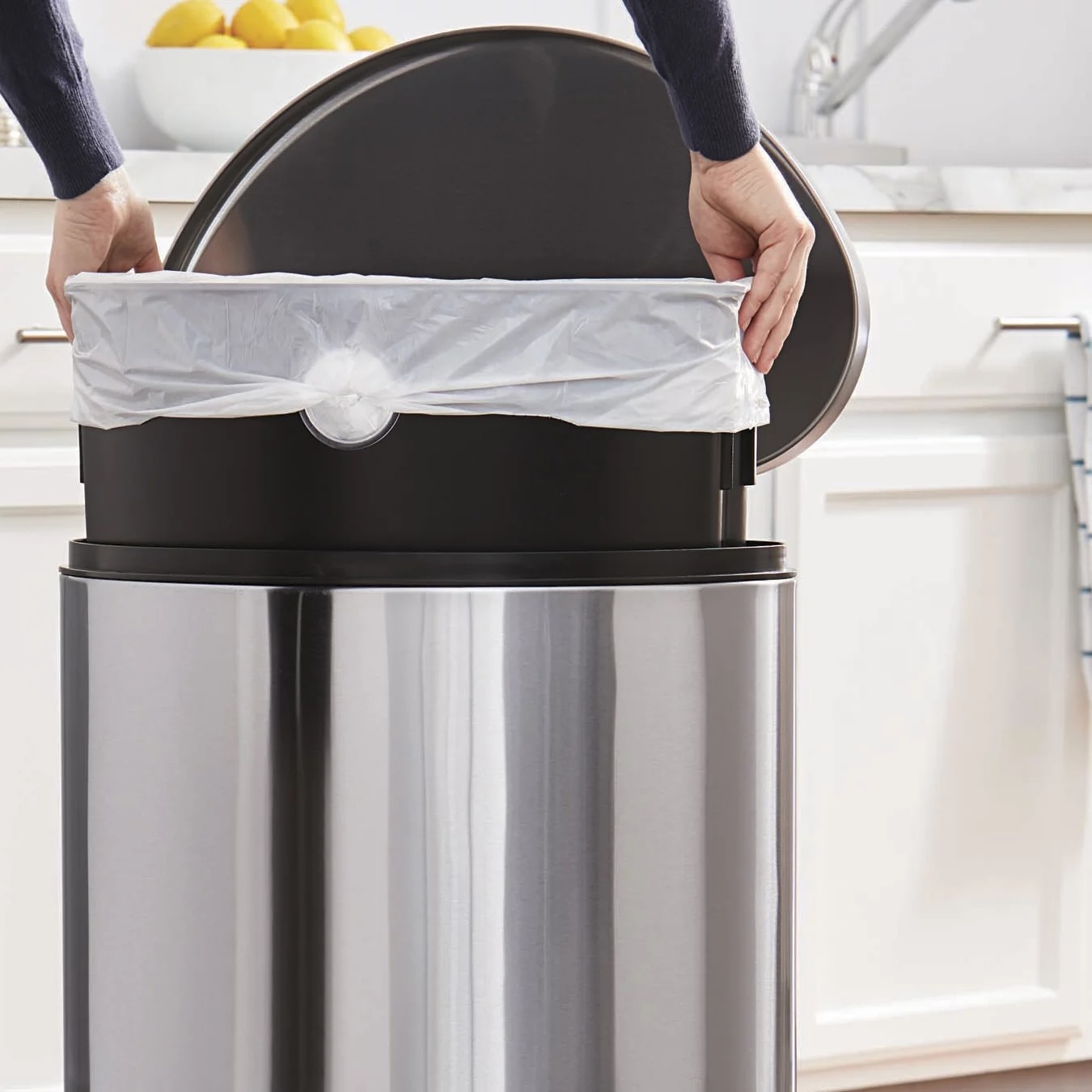

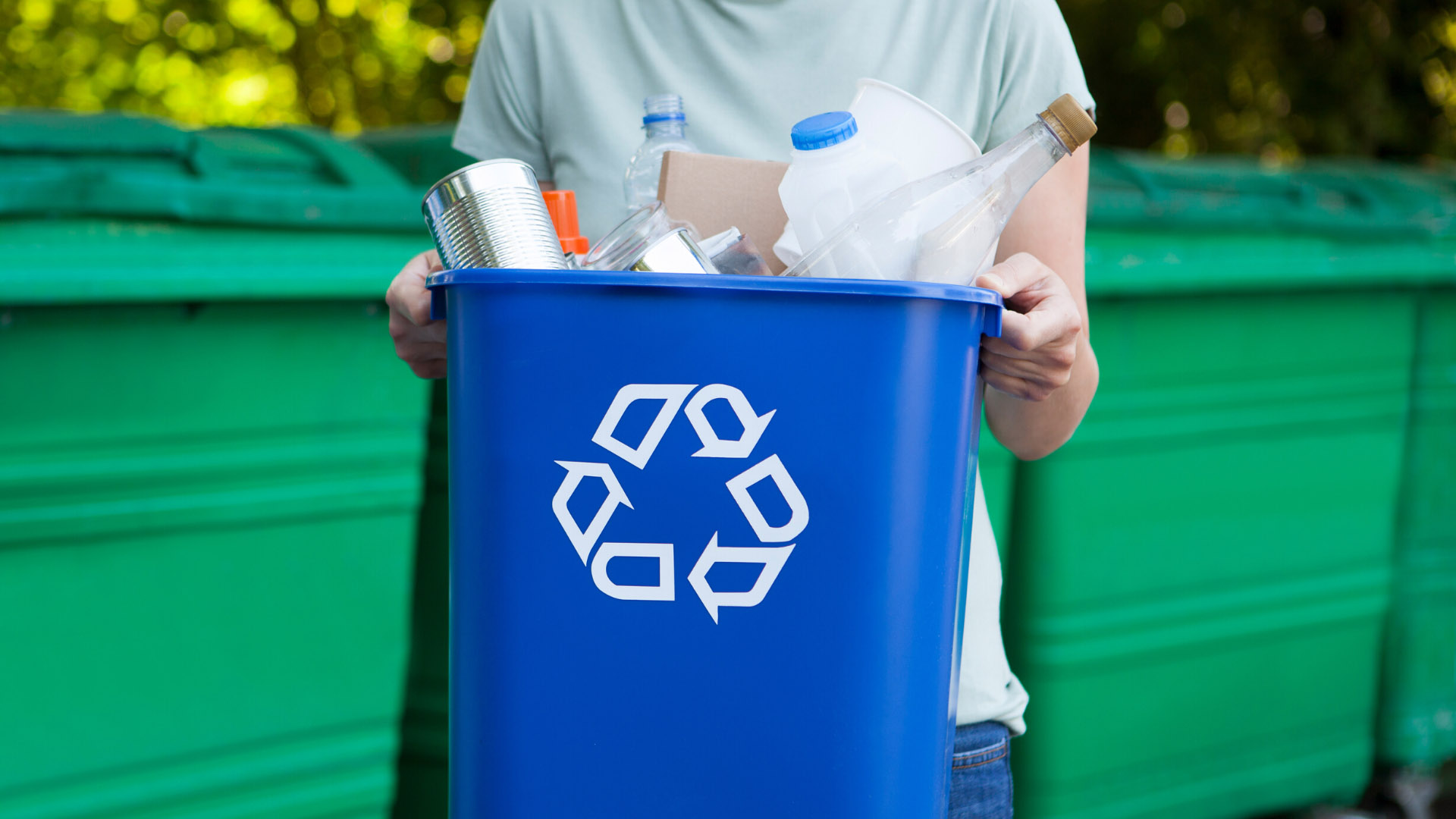
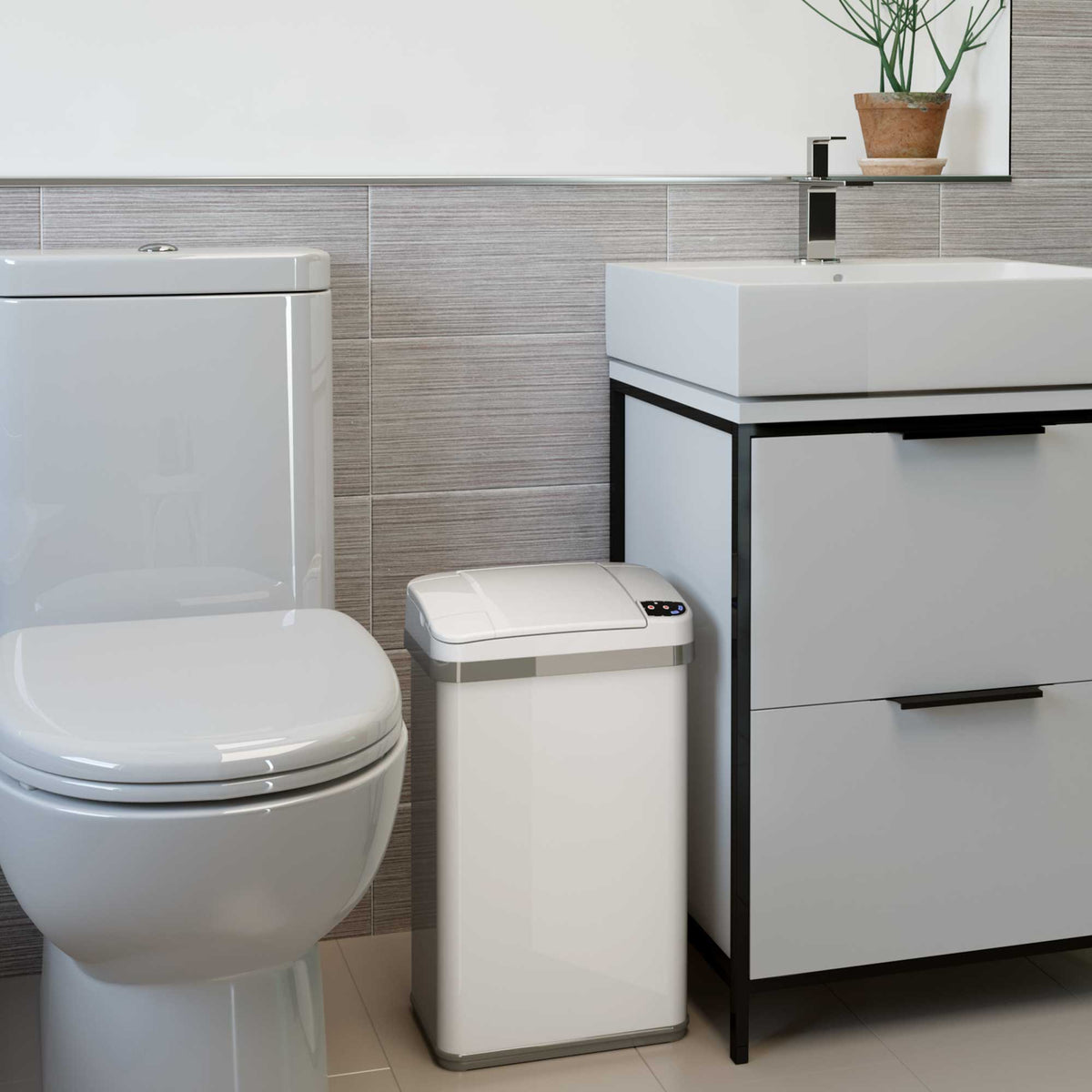
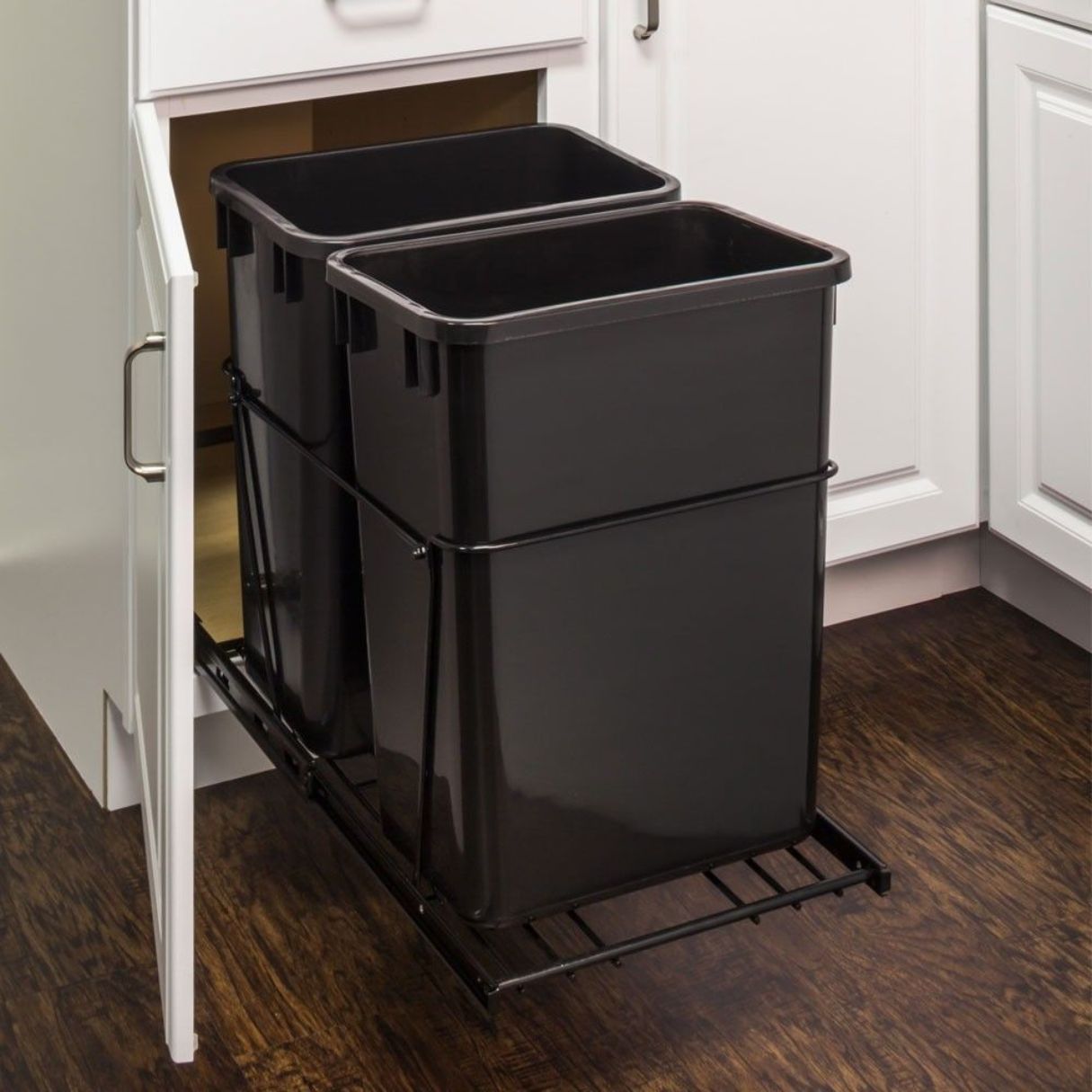
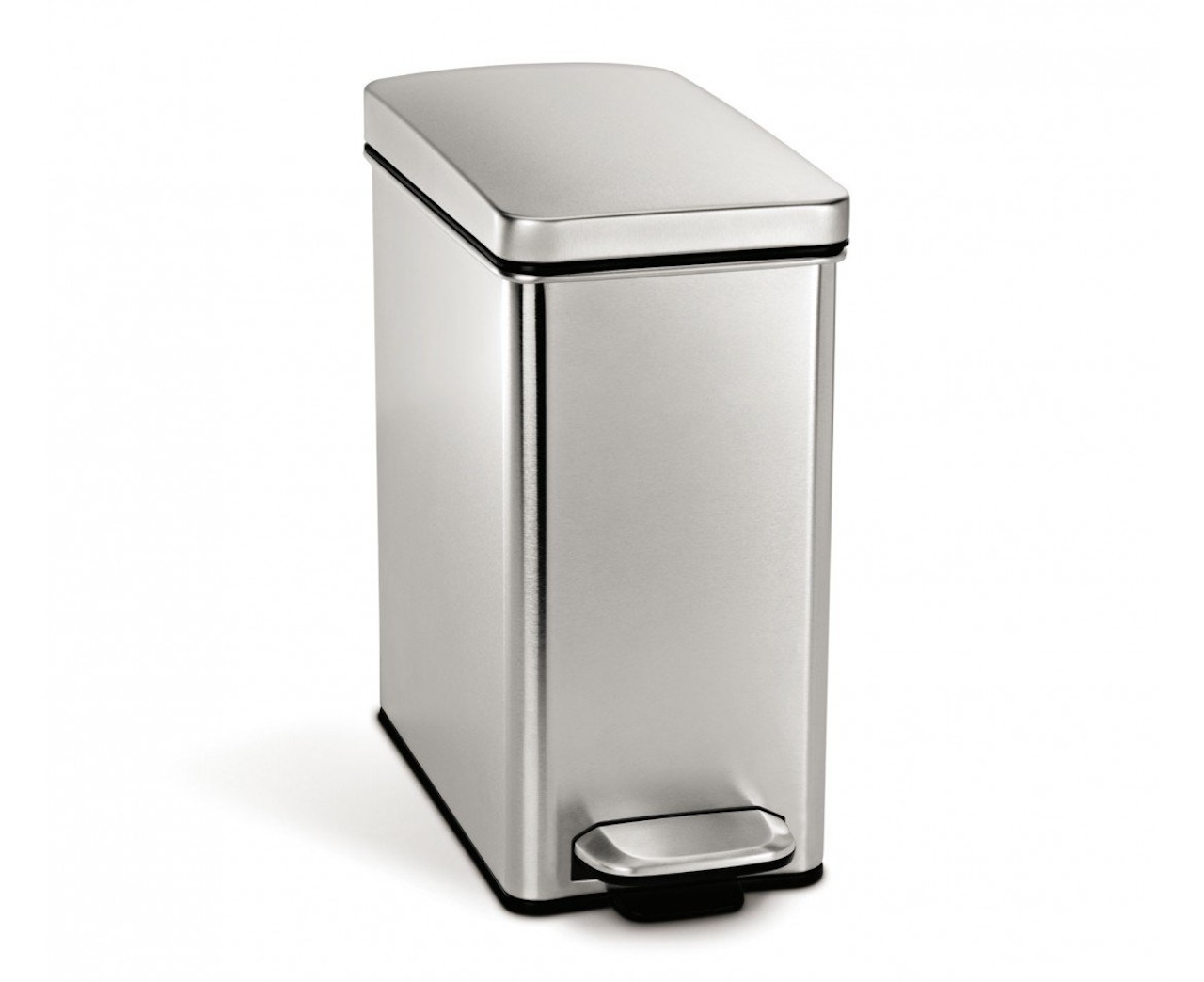

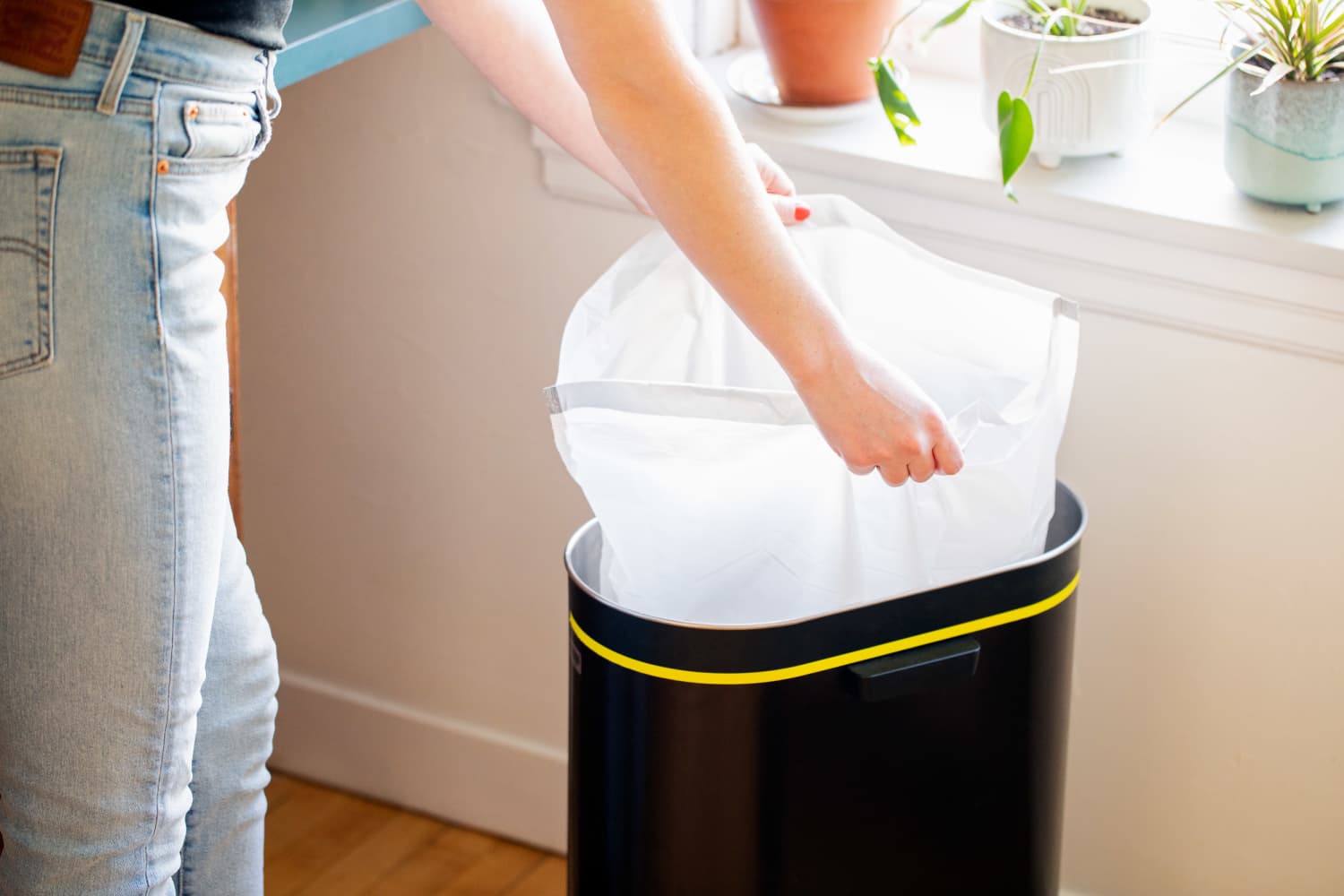
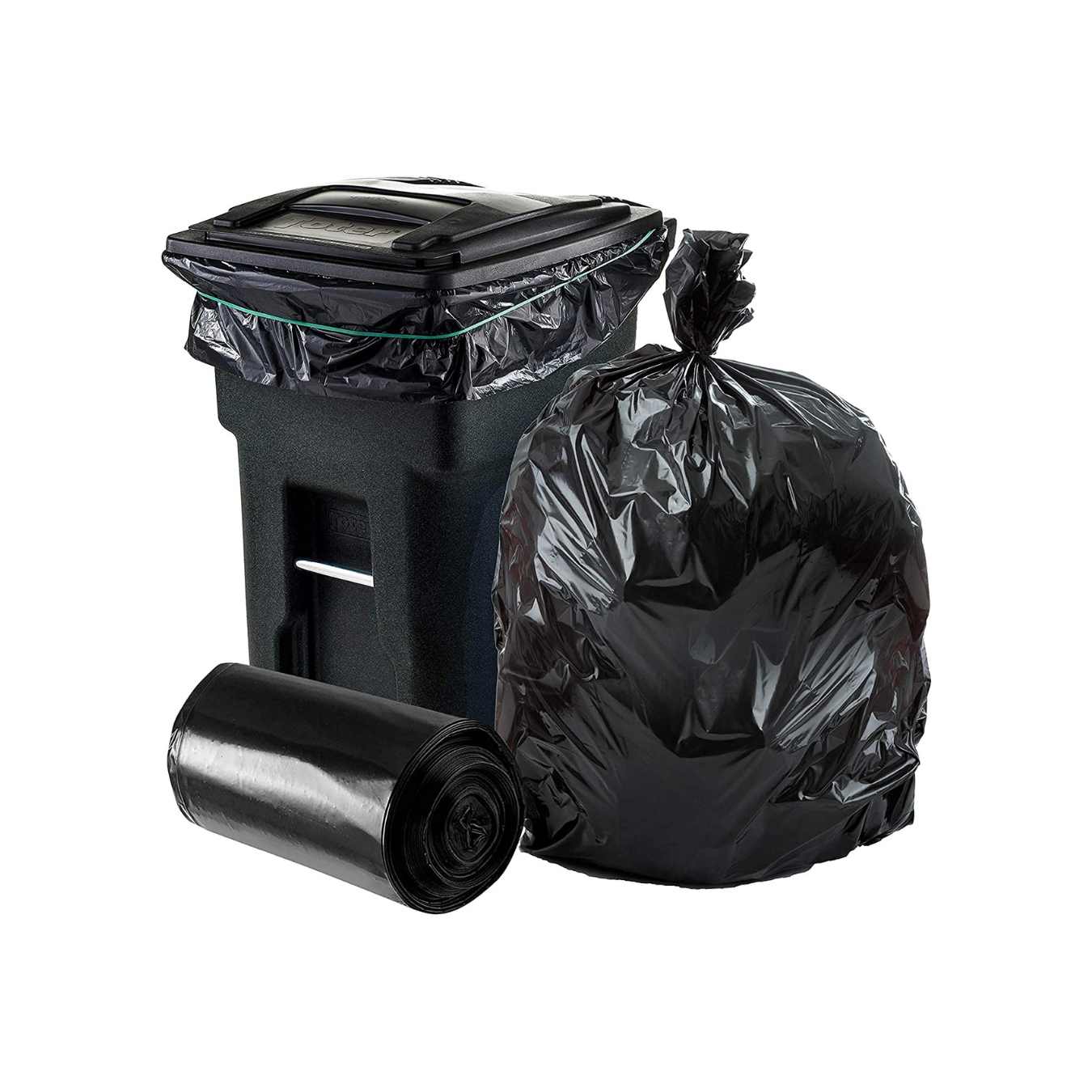
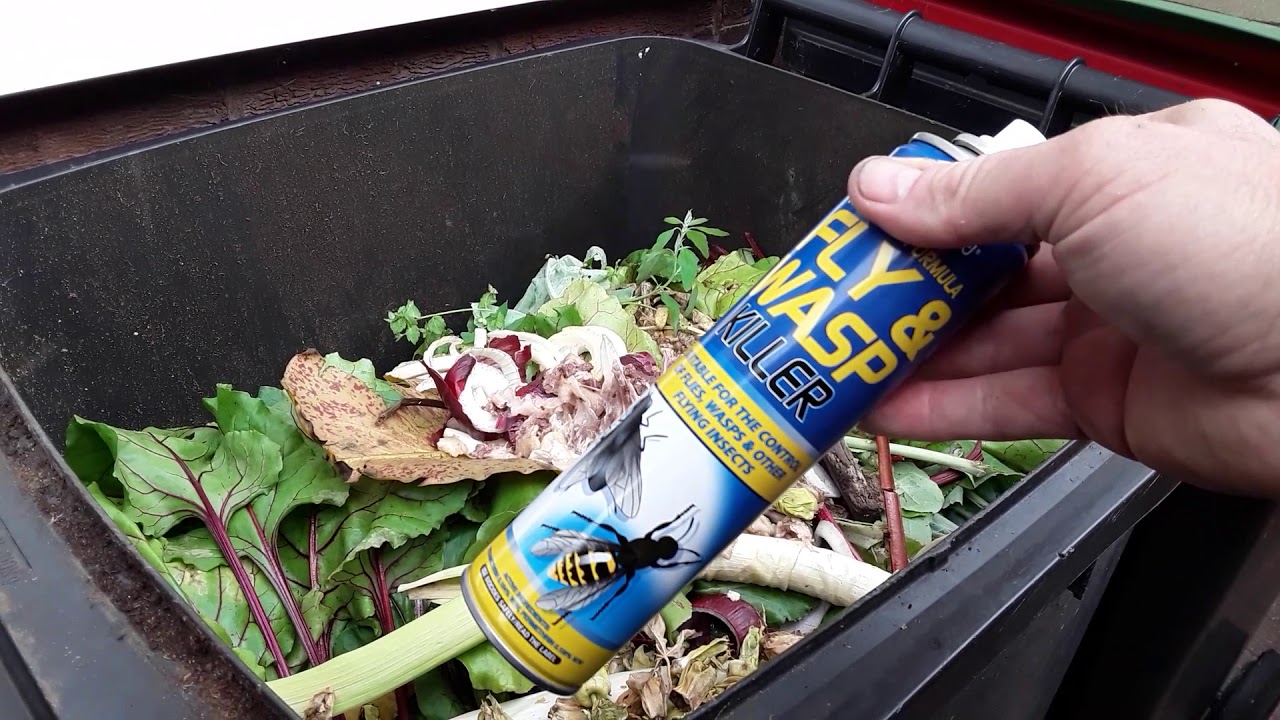
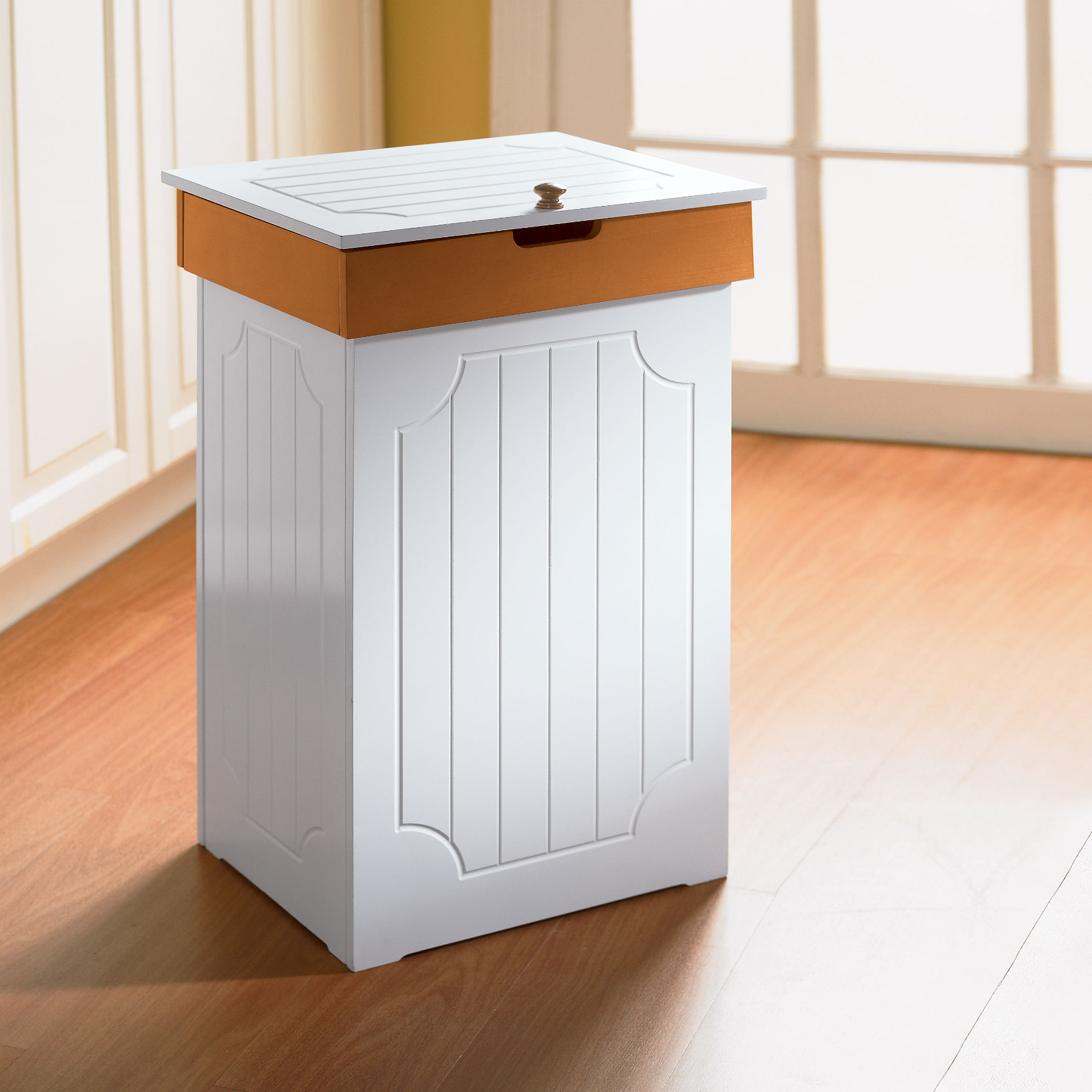
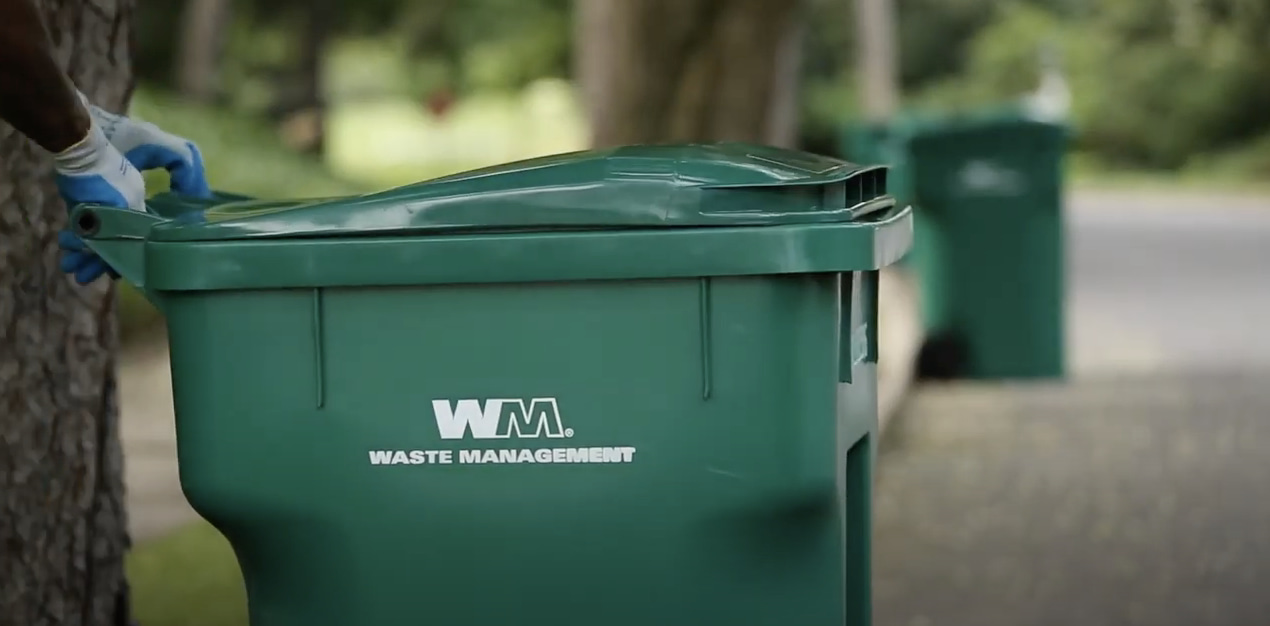
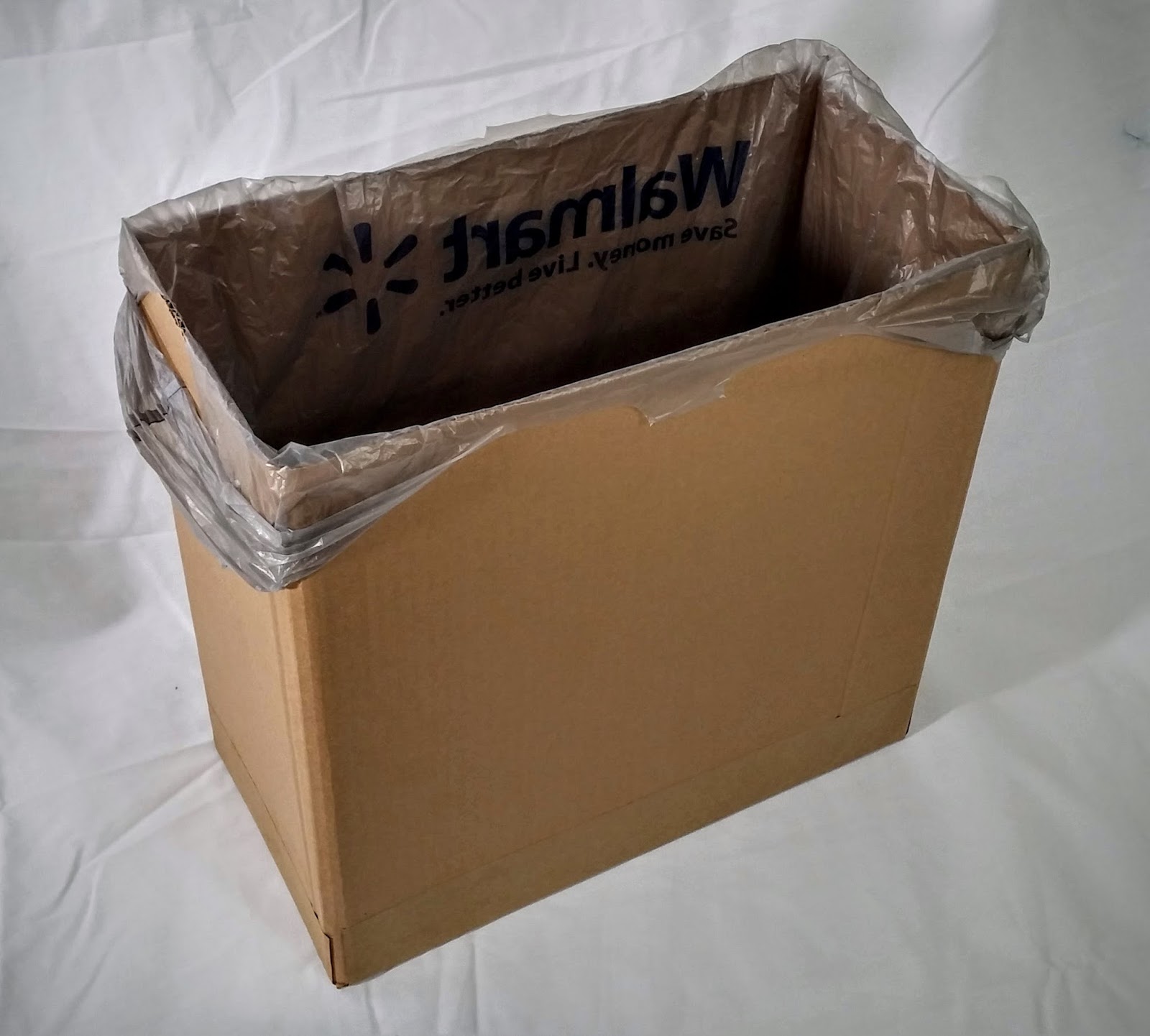
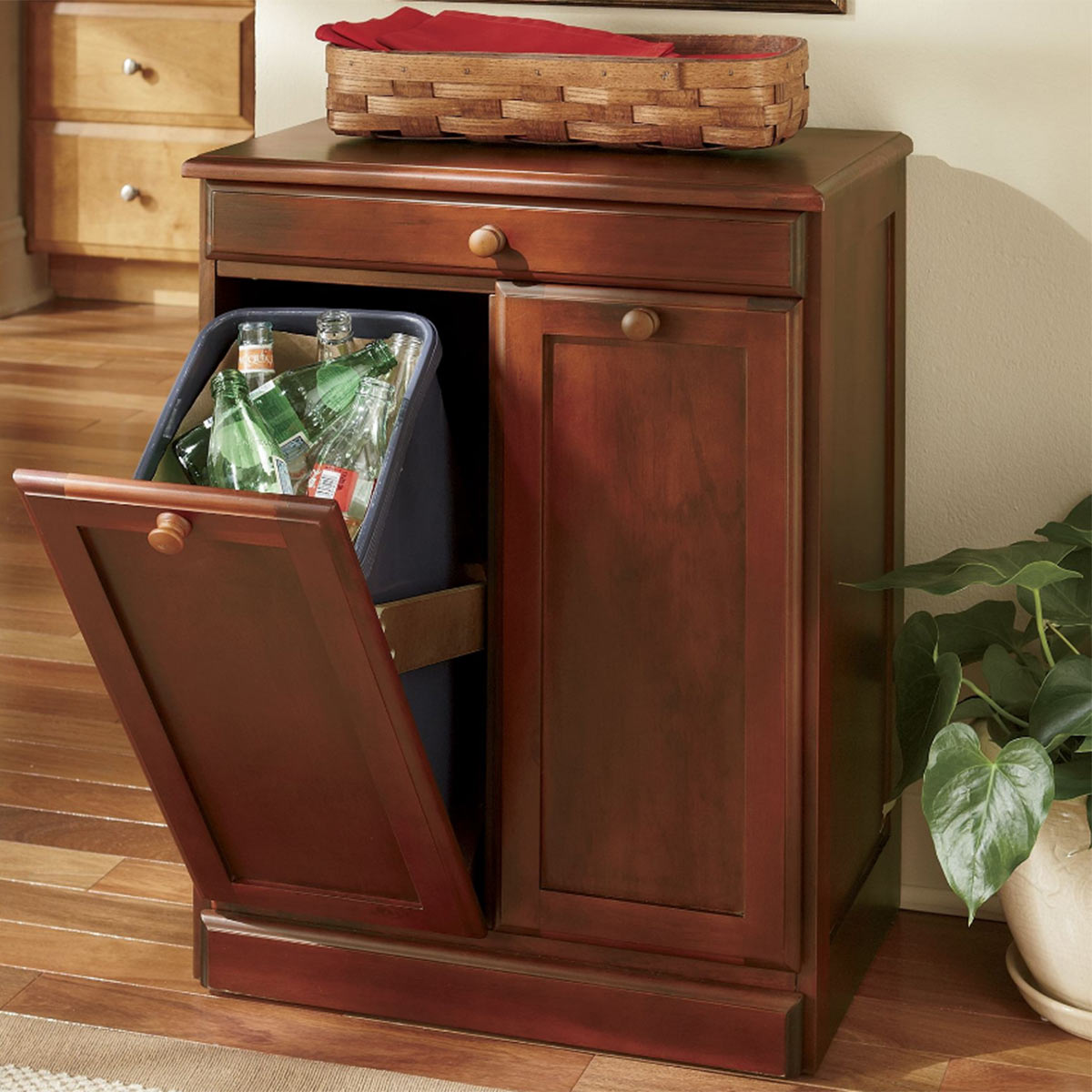

0 thoughts on “What Is The Green Trash Can Called”